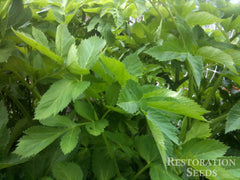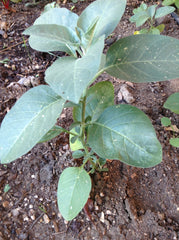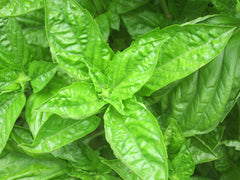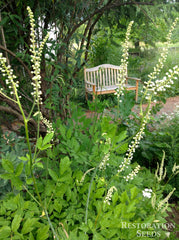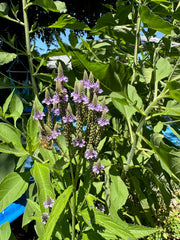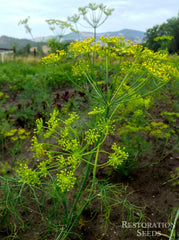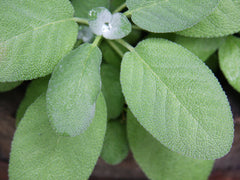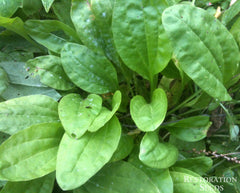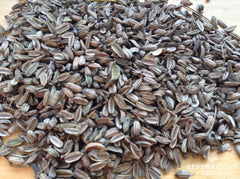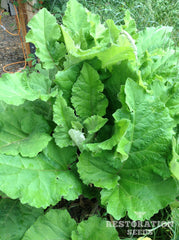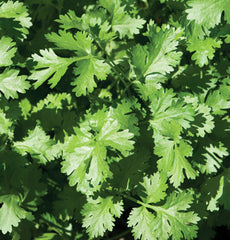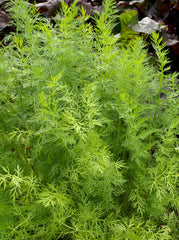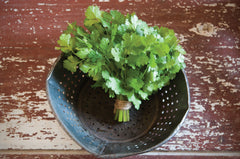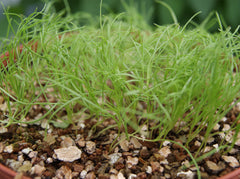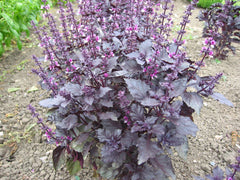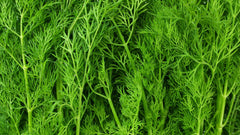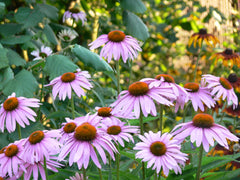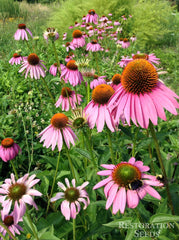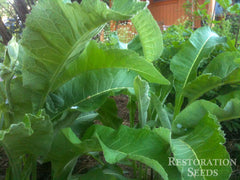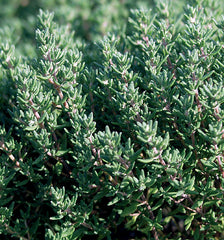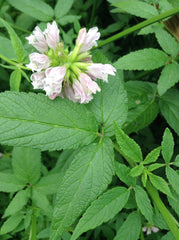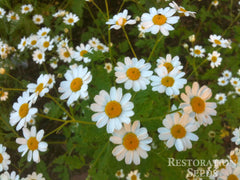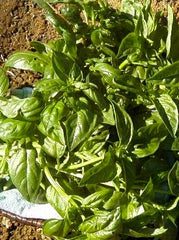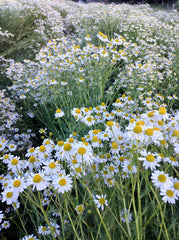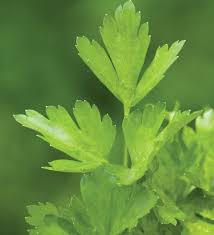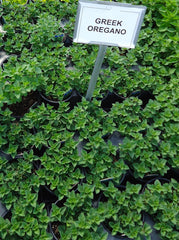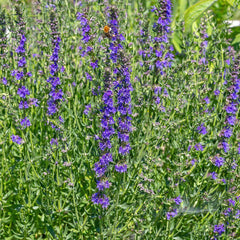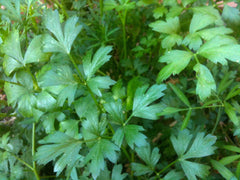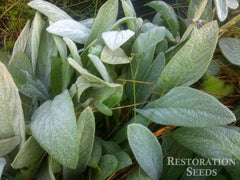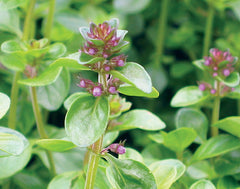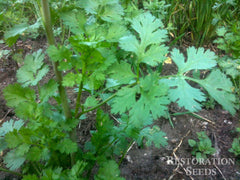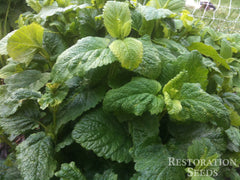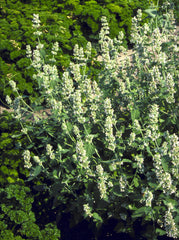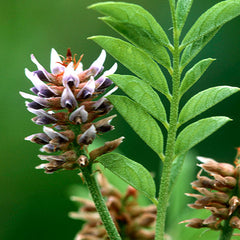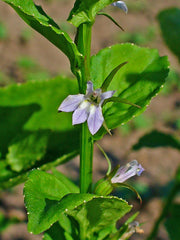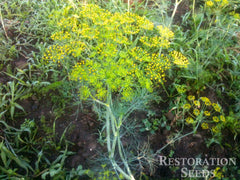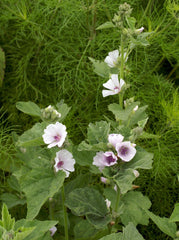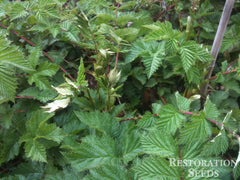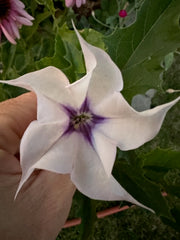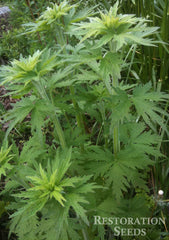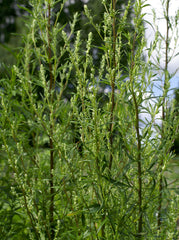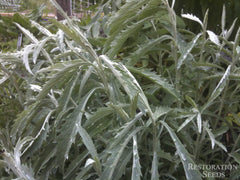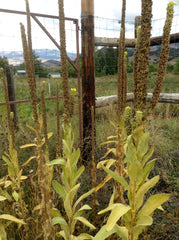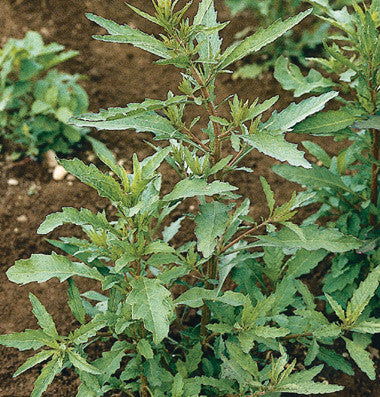Epazote
Dysphania ambrosioides
HOW TO GROW EPAZOTE
Direct sow after last frost 2–3 seeds per inch, thing to 4–6”. Start indoors 4 weeks before last frost, transplant out. Drought tolerant and does well in low nutrient soil. Plant every 2-3 weeks from spring through early summer to ensure a steady harvest. The leaf production of each Epazote plant is greatly increased by this pinching. Although epazote is a perennial, the entire above-ground plant will die back each year. Providing the soil hasn't dried out, the roots will continue to produce year after year. Invasive if allowed to self seed in your garden, clip off flowers of the plant before seeds form. Seeds require light to germinate, press into soil, do not cover. Soil pH 5.2-8.3. Hardiness zones 8-11. Annual.
Days from maturity calculated from the date of seeding. Average 150,000 seeds per ounce. Usual seed life 3–4 years.
Planting Depth surface requires light
Soil Temp. Germ. 70˚F
Days to Germ. 7-14
Plant Spacing 36”
Row Spacing 5-6’
Days To Maturity 55
Full Sun, Moist Well Drained
Days from maturity calculated from the date of seeding. Average 150,000 seeds per ounce. Usual seed life 3–4 years.
Planting Depth surface requires light
Soil Temp. Germ. 70˚F
Days to Germ. 7-14
Plant Spacing 36”
Row Spacing 5-6’
Days To Maturity 55
Full Sun, Moist Well Drained
- 250 Seeds$4.10
- 2500 Seeds$24.60
Anyone who uses beans as a significant part of their diet should know about Epazote. Wormwood-like leaf vegetable and herb with a pungent flavor. Traditionally used to season black beans and other Mexican dishes for its carminative properties reducing flatulence. Add a few leaves of Epazote to a pot of beans for a d...
Anyone who uses beans as a significant part of their diet should know about Epazote. Wormwood-like leaf vegetable and herb with a pungent flavor. Traditionally used to season black beans and other Mexican dishes for its carminative properties reducing flatulence. Add a few leaves of Epazote to a pot of beans for a delicious flavor and to render the beans gas-free due to the presence of oil of chenopodium, which is found in concentrations of 10% in the seed, and one percent in the leaf. Used to expell intestinal worms. For dogs and cats, add one teaspoon of the seed or herb to their meals. The Chinese used the herb as a diaphoretic to promote sweating. Also known as Wormseed, pig weed and Mexican tea. Tags: Certification: Organic.
Originated in tropical central America and southern Mexico. Epazote was also used by the ancient Mayans both as a spice and medicine.
Originated in tropical central America and southern Mexico. Epazote was also used by the ancient Mayans both as a spice and medicine.
Learn More
Reviews
